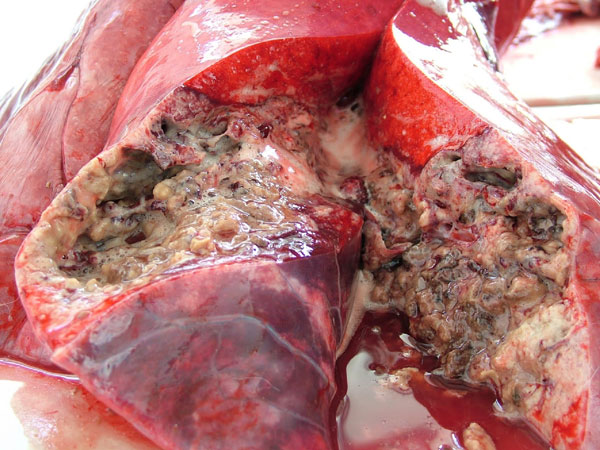
THE Health and Child Care ministry has set targets to expand community screening for tuberculosis (TB) in high-risk areas, amid indications that the national treatment coverage rate is still very low, currently at 71%, against the national target of 90%.
Through a programme dubbed Targeted Screening for Active TB among high-risk groups, which is funded by The Global Fund and USAID Challenge TB and is being implemented by The Union and FACT, the initiative identifies priority districts every year before despatching an outreach team with trucks equipped with X-ray machines and a laboratory on-the-spot screening and testing.
Speaking during World TB Day commemorations in Mangwe district, deputy director HIV and TB unit, Charles Sandy, said they were looking at increasing the fleet of outdoor X-ray-equipped vehicles to 10 to ensure every province would be catered for.
“For us to reach that target of 90% treatment coverage rate, we have to expand and accelerate our efforts in improving awareness of TB,” Sandy said.
“What we have done over the years is we have expanded diagnostics services and diagnostics capacity. We have introduced new technologies for diagnosis of TB, but that is not enough. We want to bring the services of diagnosing TB closer to you our communities where we offer free services of identifying screening treatment and treatment initiatives on the spot.”
He added that the ministry’s vision was to end TB as a problem by the year 2030. Zimbabwe is one of the high burden TB countries in the world owing to poor awareness of what TB is and its signs and symptoms.
The fact that the treatment coverage rate is at 75% means that more people in Zimbabwe with TB are not getting diagnosis or treatment.
“The main measures of how successful we are in addressing TB is when we look at the accessibility of our services and people who are being diagnosed getting on treatment, which is called the treatment coverage rate,” Sunday said.
- Chamisa under fire over US$120K donation
- Mavhunga puts DeMbare into Chibuku quarterfinals
- Pension funds bet on Cabora Bassa oilfields
- Councils defy govt fire tender directive
Keep Reading
The current comprehensive package of TB care includes having an HIV test owing to the high HIV and TB dual infection issue. Zimbabwe aims to ensure that 100% of all TB patients get tested for HIV. However statistics indicate that the coverage rate is currently at 95%.
Meanwhile, Matabeleland South has the highest burden of HIV and TB co-infection, HIV and drug-resistant TB and highest TB death rates. The province has embarked on efforts to scale up paediatric TB screening and treatment to ensure the burden goes down. However, unaffordable costs continue to work against TB patients in the province.
Speaking on behalf of Health and Child Care minister Obadiah Moyo, Provincial Affairs minister for Matabeleland South Abednico Ncube said TB was among the top five leading causes of mortality in Zimbabwe despite it being a completely curable disease whose impact needs to be reversed as a matter of urgency.
“Zimbabwe has made significant strides in reducing the overall burden of TB as observed from the decline in the estimated incidence rate from a peak 617 per 100 000 in 2003 to a rate of 221 per 100 000 for 2017. Progress has similarly been noted on the mortality related to TB from a peak of 25 TB deaths per 100 000 in 2006 to 12 per 100 000 in 2017,” Ncube said.
“Despite these tremendous achievements, there is need to further the implementation progress for our beautiful country to end TB.” World TB Day is commemorated on March 24 every year.











